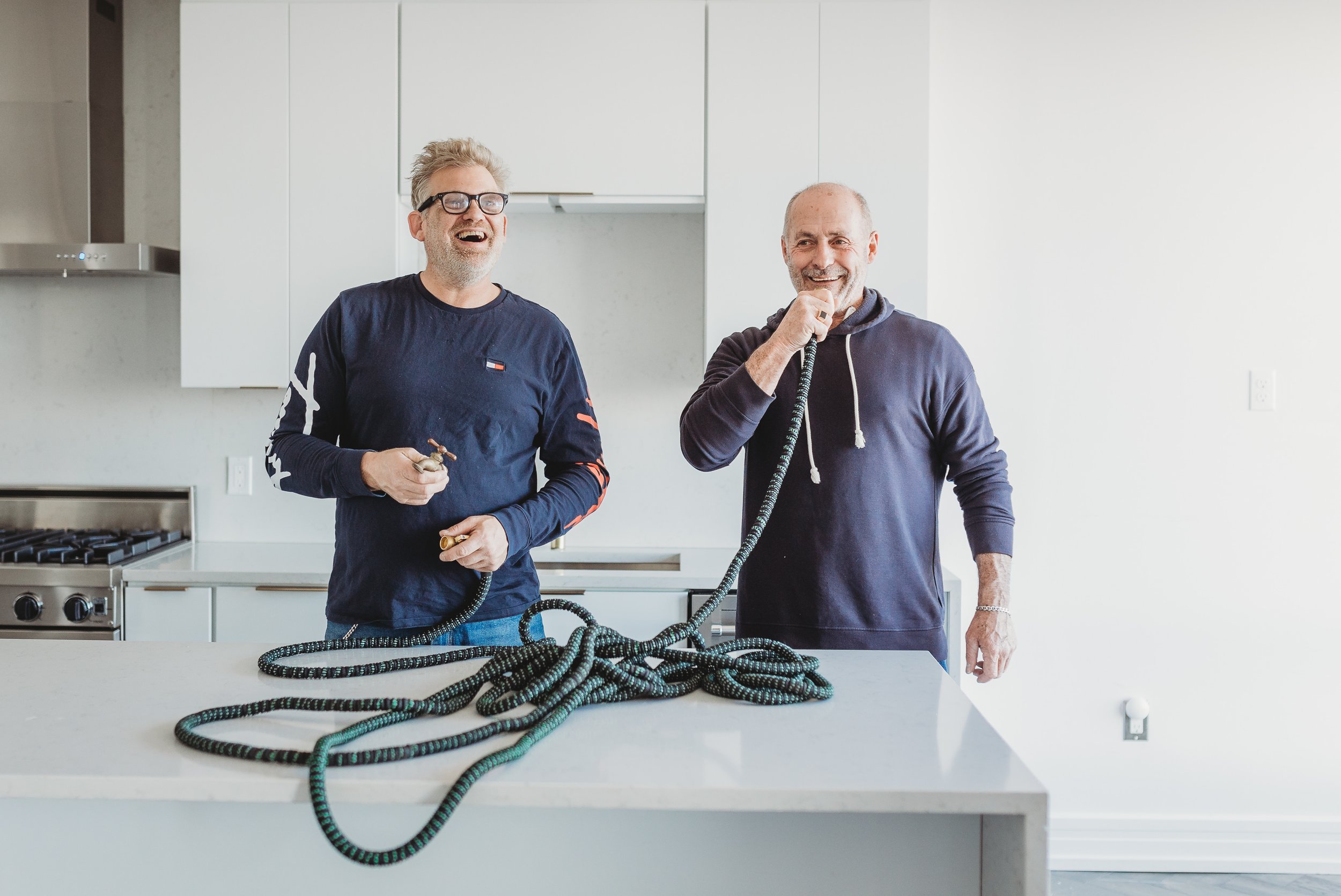As Fall sets in, it’s important to consider heat function, energy efficiency, and the propensity of water to freeze. Here are some of the basics to get your home ready for winter:
Drain outdoor water sources like sprinklers and sillcocks. Many sillcocks are designed with anti-siphon technology so as to not hold water in the parts most exposed to the freezing outdoors; however, you should always double-check, and use shutoff valves further inside the house (and then open the hose bib to make sure it’s fully drained).
Make sure your furnace, boiler, or heat pump is being serviced. I typically get mine serviced in November (for heat) and again at the end of May/early June (for cooling).
Make sure you are well-supplied with pet-safe snowmelt, snow shovels, automobile brushes/scrapers, and snowblowers if needed. (You could also contract with a snow removal company or a local guy with a shovel). Keep in mind that most cities and towns hold homeowners/businesses responsible for snow clearance on public sidewalks adjacent to their property, within a couple of hours of snowfall. It’s also a good idea to dig out a perimeter around any fire hydrants near your home.
Move your indoor plants back inside, and set your Fall-planted bulbs!
Spot check for any troubling signs on the outside of your roof, under your roof in the attic, or around windows/doors.
Consider ‘smart’ thermostats if you want to have better (and remote) management over your daytime and nighttime temperature control. Many older thermostat setups won’t have all the wiring for full functionality, but you can either have your wiring upgraded, or use the smart thermostats for most of, if not the full suite of, features (they are not incredibly difficult to install as replacements).
While most smoke & carbon monoxide detectors on the market today have built-in 10-year lithium batteries, you may still have older models with recommendations that you replace the battery annually. If you don’t already have a date marked each year to do this, the first day of winter, or the first day of the new year, might be a good time to make it a habit. If your smoke/carbon monoxide detectors are at or near the end of their 10-year life, you should install new ones.
Put up storm windows, especially for historic homes with single-paned windows, or wherever you feel that temperature loss is significant at the point of a window. (e.g., if sealing isn’t perfect, or sashes don’t line up exactly). Caulk and weatherstrip around windows and doors.
Lastly, you can always explore MassSave’s range of rebate-eligible programs for insulation, replacement of heating systems, etc.



